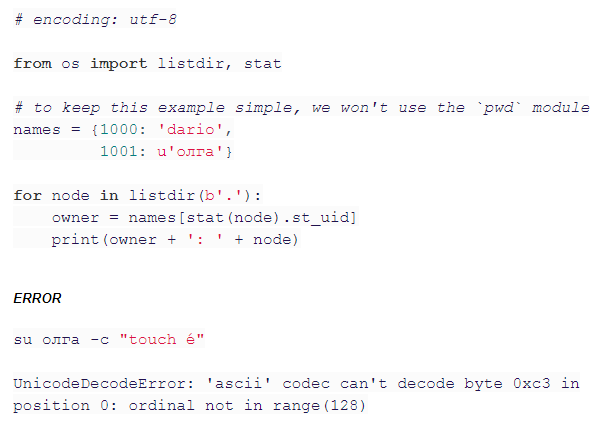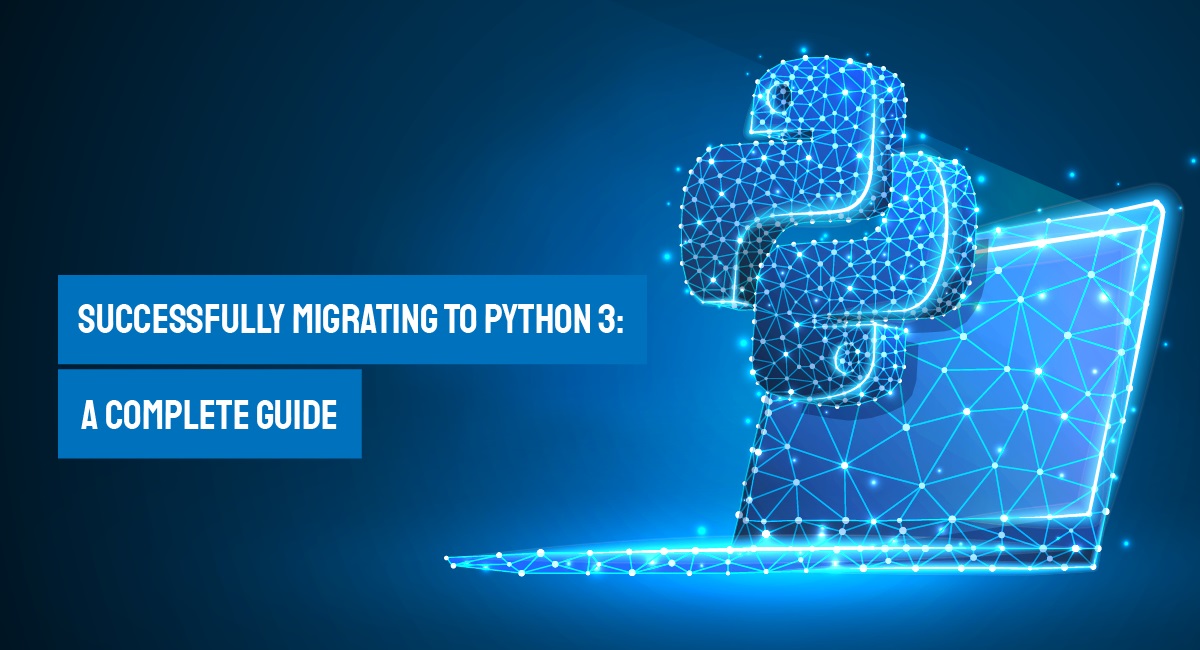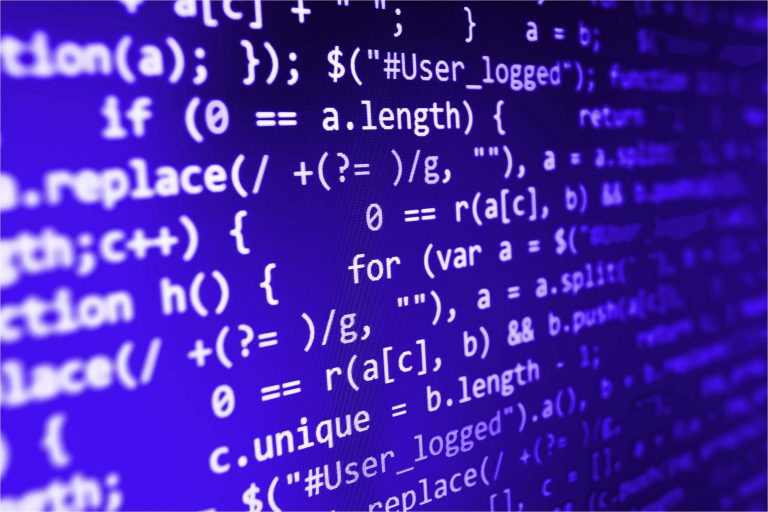Switching to Python 3: Is It An Apt Decision For Your Business?
4 Top Reasons for Organizations to Move to Python 3
Python is one of the most widely used programming languages on the planet. Over the years programmers have fallen in love with Python for its increased productivity and capabilities. However, a constant argument persists on whether Python 3 is better than Python 2 and would it be a wiser decision to completely shift to Python 3.
Although Python 3 has been in existence for over 7 years, programmers are quite skeptical about using it. Most programmers tend to cling to Python 2, completely ignoring the capabilities of the new version.
This blog will walk you through some major drawbacks of Python 2 and will pinpoint 4 top reasons on why to choose Python 3 over Python 2.
Why Is Python 3 On The Rise?
Before we dive deeper into the major advantages of Python 3, let’s take a look at its origin.
Released in 2008, Python 3 was introduced to overcome the flaws of Python 2. The major reason behind developing Python 3 was to clean up the codebase and remove redundancy. Although Python 3 is the newer version of Python, it is not necessarily backward compatible with code written in the 2.x version.
Significant features of Python 3 makes it simpler, easier and incredibly efficient to use. Here’s listing the major differences between Python version 3.0 and 2.0, and the reasons why Python 3 can make a better programming partner.
1. Unicode Character Encoding
As mentioned earlier, Python 3 was introduced to address the vulnerabilities and drawbacks of Python 2. Hence, it reduces the complexities of coding and improves speed and performance.
Where in Python 2 the character encoding is done in ASCII format, Python 3 is Unicode based. In Python 2 the strings are by default stored in the form of ASCII values. Programmers are required to add ‘u’, to store strings specifically in Unicode format. In Python 3 strings are stored in UTF-8 format, enabling a large number of storage features such as character value storage, different language characters, and emojis storage as well.
Dropped deprecated features which were frequent sources of bugs in Python 2 have also been replaced by superior alternatives and retained solely for backward compatibility.
For instance: If a file is created by олга with non-ASCII characters in the name, for the below-mentioned code, if you are using Python 2 your code is sure to throw an error 500.

However, in Python 3 your error will be detected right away saving you the time on long code creation. Moreover, the error message is much easier to understand. Knowing that str object is owner and node is a bytes object, it is easy to recognize that the error is due to listdir returning a list of bytes objects.
![]()
Adding listdir(‘.’) would make the bug disappear as this would appear as a Unicode string in Python 3.
The difference in the behavior is due to the difference in how each version handles the string type. Whatever is lumped together in Python 2 is split in Python 3.
2. Improved Library Standards
When it comes to libraries, there is a huge difference between the two versions. Many libraries developed in Python 2 are not forward compatible. Hence, the new 3.x version is developed focusing on providing good compatibility. Moreover, most of the actively maintained libraries are strictly created for use with Python 3. Hence, it’s suggested to keep codes compatible with Python 3 to help keep your test running on both versions.
3. Improved Integer Division
Reducing a programmer’s confusion and frustration, Python 3 is created with a syntax that’s more intuitive. Python 3.x version has an elegantly designed structure that allows performing an action with fewer lines of code. Python 2, on the other hand, requires the exact input to perform a particular result or generate the expected results.
For instance: If you try a simple calculation like 5/2 (5 divided by 2), Python 2, after rounding up would give you the result as 2. To derive the exact result, that is 2.5, the input should be 5.0/2.0.
Whereas, Python 3 would right away, give you the answer 2.5 for the input 5/2, without converting the numbers to float data type.
4. End of Python 2 Support
Yes! Python 2 is expected to stop all support and maintenance by January 2020. Now, this is another major reason why you need to shift to Python 3 at the earliest. By end of support, we mean that all-new packages will be built on Python 3 and hence, it will be difficult to add any new features to the existing Python 2 projects. Major plugins are also being ported to Python 3 and thus, the upcoming updates of these plugins will be available only for the 3.x version.
Moving forward, it will be difficult to find any Python 2 support services or developers. Also, the Python 2 hosting options will grow more scarce and costly. The Python 3.x version and the releases ahead are believed to have different syntax from that of the current version and thus, getting upgrades for existing features would be difficult to find.
Why Should You Stop Using Python 2?
Although programmers have widely accepted and loved working with the 2.x version of Python, there is quite a huge list of flaws and drawbacks experienced with it. Here’s listing a few of them.
1. Firstly, as mentioned in this post, the Python 2 text model is not Unicode capable. It doesn’t handle non-ASCII files correctly. This is one of the major drawbacks of the version. Python 2 handles Unicode module names quite inconsistently, which is a source cause of multiple programming errors. That is why 3.x version of Python is designed to have a Unicode based string type by default.
2. In addition to not being Unicode capable, there is a large number of Unicode handling bugs in Python 2 standard library that might never be fixed. Fixing these bugs within the constraints of Python 2 is too difficult, and not worth the effort.
3. Python 2 iterator was designed long before the introduction of the iterator protocol. Thus, it has a lot of unnecessary and lengthy listings, which can now be made more memory efficient.
4. Programmers who have been involved with Python 2 for a long time might have noticed that the version interprets numbers in a strange way if they have leading zeros. Also, the version has two different kinds of integers. Python 2 beginners are often surprised to find that the version can’t do basic arithmetic correctly.
5. The print and exec statement is also weirdly different from the normal function calls like eval and execfile. Moreover, you need parentheses to catch multiple exceptions.
6. Although list comprehensions are one of Python’s most popular features, surprising errors arise on the local namespace. Also, if you tend to make a mistake in handling the errors, there might be chances where you’ll lose the original error.
Eliminating all these persisting errors and flaws of Python 2, the new version 3.x is specifically designed to enhance the quality and efficiency of the programmers. Thus, it is highly recommended to start preparing for a complete shift to Python 3. For developers who would like to check on to the Python 3 upgrade packages, here’s the command you can use:

[Don’t forget to create a test-requirement.txt file when using the command.]
With increased competition and high consumer expectations, programmers are under constant pressure to improve software performance. With the efficiency and ease of use offered by Python 3, programming is sure to achieve greater success than before. Although Python 2.7 will be supported until 2020, the sooner the switch, the better.
If you are looking for a technology partner to help your business transform with the latest digital trends, then get in touch with our experts today!
Stay up to date on what's new

Recommended Posts

27 Dec 2019
11 Tips To Ensure A Seamless Migration To Python 3
Factors To Consider While Migrating Your Code To Python 3 It’s clear that Python 2 will be sunsetting on January 1, 2020. The Python Software Foundation (the organization behind Python)……

08 Oct 2015 Education
Coding Replaces History and Geography in Australian Schools
According to Mashable, Australian schools from now on, are going to replace History and Geography with coding as per their new digital technologies curriculum. As reported by The Australian, this……
Featured Blogs
Stay up to date on
what's new












